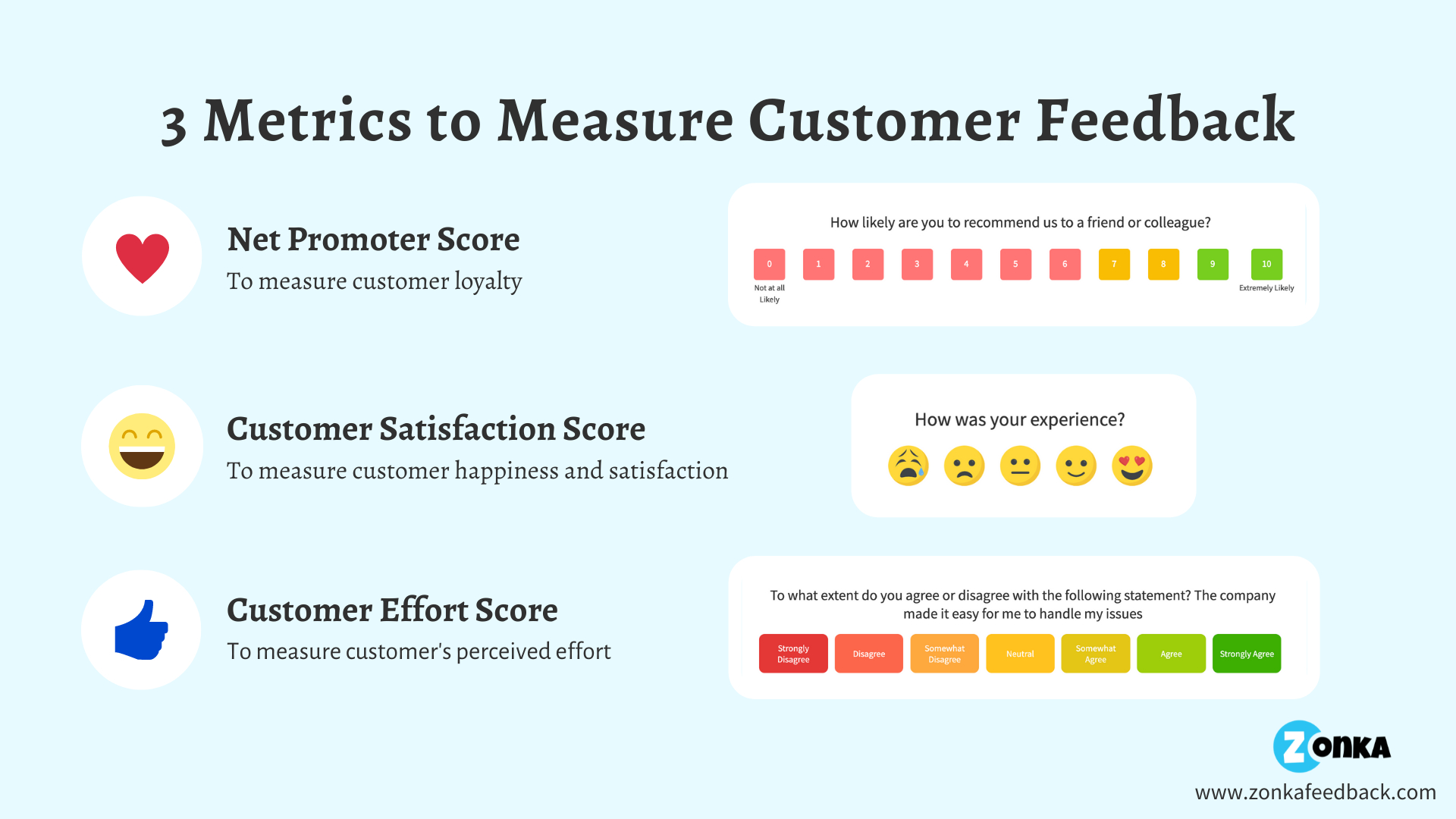Market research is essential for business growth as it enables businesses to understand their customers, identify market opportunities, mitigate risks, optimize marketing strategies, and make informed decisions. It helps businesses identify the preferences, behaviors, and pain points of their target market.
With the help of primary and secondary market research, businesses gather insights into customers’ needs, which enables them to customize their products or services to better meet those requirements, thus increasing customer satisfaction and loyalty. However, based on the 2023 Digital Marketing Survey, 33.2% of marketers deal with resource constraints.
In this guide, we will share how to use online tools to conduct market research so you can get to know your customers and potential customers, and identify the most effective channels, messages, and tactics to reach and engage customers and drive business growth. Let’s get started!
TL;DR
-
Market research helps businesses understand customer preferences, identify opportunities, mitigate risks, and optimize marketing strategies for growth.
-
Online market research tools enable real-time, cost-effective feedback collection from diverse audiences, making primary research easier, and thus enhancing engagement and interaction.
-
Analyzing both quantitative and qualitative data from customer feedback provides actionable insights to improve products and services.
-
Prioritizing and addressing high-impact feedback through automated workflows and cross-functional collaboration leads to better customer satisfaction and loyalty.
-
In order to leverage market research and data for business growth, you should collect and analyze data from online channels through customer surveys, interpret quantitative and qualitative data, extract meaningful information from customer feedback, and take relevant action on customer feedback to close the feedback loop effectively and improve CX.
-
Zonka Feedback is an effective online survey tool that helps you create and send surveys, collect data through qualitative and quantitative research take action on feedback and enhance customer satisfaction. It is powered by dynamic and advanced features and also offers a free trial for 14 days.
Build & Send your Market Research Surveys🔥
Choose from over 30+ question types, add your own themes and create amazing surveys that people love answering.

What are the benefits of using online platforms for gathering customer feedback?
According to the 2023 Deloitte Global Marketing Trends Survey, the top priority of 38% of CMOs is accelerating the move to new digital technologies and platforms. Using online platforms for gathering customer feedback offers numerous benefits for your business including:
Real-Time Feedback
Online platforms enable you to collect feedback in real time through your own market research via surveys. This saves you from being entirely dependent on secondary research and fetches you first-hand data. This enables you to promptly address any issues, respond to customer inquiries, and make timely improvements to products or services. The quick turnaround time delivers value, just as what the 1 year executive MBA online typically emphasizes.
Cost-Effectiveness
Compared to traditional methods such as in-person surveys or focus groups, gathering feedback through online platforms is often more cost-effective. Businesses can save on expenses related to printing, postage, venue rental, and staff time.
Diverse Audiences
Online platforms facilitate engagement with diverse audiences, including customers from different geographic locations, demographics, and backgrounds. This accessibility enables businesses to gather insights from a broader range of perspectives and target markets. Features like multilingual surveys in these platforms enable you to gather feedback from people of different origins and language backgrounds.
Scalability
Because online platforms are scalable, firms may effectively get input from a huge number of clients. Online systems can handle and scaling a business's volume of feedback and data collection, regardless of its customer base, which ranges from a few hundred to millions.
Enhanced Engagement and Interaction
Online platforms provide opportunities to engage with your customers in meaningful ways beyond just collecting feedback. You can respond to customer feedback, address concerns, and foster two-way communication, ultimately building stronger relationships and loyalty.
How to Use Market Research for Business Growth
Why is market research important? The answer is to collect and utilize insights gathered from target customers or potential customers to move in the right direction.
Conducting market research is a great way for businesses seeking sustainable growth and competitive advantage in today's dynamic marketplace. In a 2023 survey by Validity, it was found that 45% of customers preferred receiving promotions through SMS. Knowing these types of nuances could significantly contribute to business growth.
By systematically gathering and analyzing consumer data and customers' or potential customers' choices through exploratory research, you can make informed decisions to optimize your customer experience and marketing strategy, refine your product offerings, and identify new expansion opportunities.
1. Collect and analyze data from online channels
Collecting and analyzing insights from customers through online channels involves several steps:
-
Define Objectives: Determine what specific insights you want to gain from the data and how they will influence your business decisions.
-
Identify Data Sources and channels: This may include your website, social media platforms, email campaigns, online advertising campaigns, e-commerce platforms, and third-party websites or forums where your brand or industry is discussed.
-
Set up Customer Surveys: Create and implement customer surveys to gather customer data and insights from the identified online channels. This may involve setting up website survey methods including website feedback widgets like popup surveys, slide-up surveys, and feedback buttons; social media analytics tools, email surveys, SMS surveys, or QR code surveys.
-
Define Key Metrics: Determine the key performance indicators (KPIs) and metric questions to include in your surveys. These may include Net Promoter Score (NPS), Customer Satisfaction Score (CSAT), and Customer Effort Score (CES) survey questions to measure customer loyalty, satisfaction, and perceived efforts, respectively.

-
Collect Customer Insights: Start collecting data from the identified online channels using an effective customer feedback software. Ensure that the feedback data is collected consistently and accurately over time to facilitate meaningful analysis.
-
Aggregate and Clean Data: Aggregate the collected data into a centralized repository or data management system. Clean the data by removing duplicates, correcting errors, and standardizing formats to ensure data accuracy and integrity. A good survey software helps you perform these tasks automatically.
-
Analyze Data: Use data analysis and reporting to analyze the collected feedback and derive meaningful insights. You can use features like Text Analysis and Sentiment Analysis to analyze and understand customer sentiments and fetch actionable feedback data. This may involve generating reports, dashboards, or visualizations to summarize key findings, trends, and patterns in the data.
2. Interpret quantitative and qualitative data
After gathering customer data through various types of market research using data collection tools, the next step is interpreting quantitative and qualitative data. This involves distinct approaches tailored to each type of data:
Interpreting Quantitative Data:
a. Statistical Analysis: Conduct statistical analysis to identify patterns, trends, correlations, and statistical significance within the quantitative data.
b. Benchmarking: A competitive analysis by comparing quantitative data against benchmarks, targets, or industry standards to assess performance and identify areas for improvement or optimization.
c. Segmentation Analysis: Segment the quantitative data based on relevant variables to uncover insights specific to different subgroups. For example, if you have got NPS survey responses in the form of NPS rating from 0 to 10, it will be segmented into 3 groups viz., Promoters (9-10), Passives (7-8), and Detractors (0-6).
d. Trend Analysis: Analyze trends and changes in quantitative data over time to identify patterns, predict future outcomes, and assess the effectiveness of past business strategy or interventions.

Interpreting Qualitative Data:
Here are some ways to interpret qualitative research data.
a. Text Analysis: Conduct Text Analysis of the qualitative survey responses with the help of Word Cloud and World Cloud table. A word cloud is a visual representation of the most repeated words in your survey, whereas a word cloud table gives you a view of words used in open-ended questions with the number of times they were used and the number of responses they were used.
b. Thematic Analysis: Conduct thematic analysis to identify common themes, patterns, or trends within the qualitative data.
c. Contextual Understanding: Consider the context, circumstances, and nuances surrounding the qualitative data to understand the underlying meanings and implications.
d. Triangulation: Combine qualitative data with quantitative data and other sources of information through triangulation to corroborate market research findings and enhance validity.
e. Narrative Analysis: Analyze the narratives, stories, or anecdotes embedded within the qualitative data to extract rich insights and perspectives.
f. Stakeholder Engagement: Involve key stakeholders, such as customers, employees, and subject matter experts, in the interpretation of qualitative data.
3. Extract actionable insights from customer feedback
Extracting actionable insights from customer feedback involves several steps:
-
Rank customer sentiments: Prioritize the identified themes or topics based on their frequency, severity, or impact on customer experience. Focus on addressing issues that are most critical or have the greatest potential to improve customer satisfaction and loyalty.
-
Identify root causes: Dig deeper into the underlying causes of customer feedback issues to understand why they are occurring. Analyze the context, circumstances, and contributing factors associated with each feedback theme to identify root causes or drivers.
-
Quantify feedback: Quantify the feedback data by assigning numerical values or scores to relevant metrics or dimensions. For example, assign ratings or scores to customer satisfaction, likelihood to recommend, or perceived importance of specific features or aspects of your products or services.
-
Apply sentiment analysis: Use sentiment analysis techniques to analyze the tone, sentiment, and emotions expressed in customer feedback. Identify positive sentiments that indicate areas of strength or success, as well as negative sentiments that highlight areas for improvement or concern.
-
Generate insights: Generate actionable insights by synthesizing and interpreting the analyzed feedback data. Look for recurring themes, correlations, or causal relationships that provide meaningful insights into customer preferences, pain points, and expectations.
4. Improve products and services based on customer feedback
Tailoring products or services based on customer feedback involves several steps:
-
Prioritize Feedback: Focus on addressing high-priority feedback that has the greatest potential to improve customer experience and drive business results.
-
Identify Actionable Insights: Look for specific suggestions, feature requests, or pain points that can be addressed through changes to your offerings.
-
Use Automated Workflows: CX Automation and workflows has made simpler and easier the task of taking action on customer feedback and closing the loop. Use automated workflows to trigger feedback alerts, categorize the response and assign tasks automatically to the relevant teams. Send automated follow-up emails and SMS to customers.
-
Engage Cross-Functional Teams: Involve cross-functional teams, including product development, marketing, sales, customer service, and quality assurance, in the feedback analysis process.
-
Brainstorm Solutions: Brainstorm potential solutions or modifications to products/services that address the identified feedback. Explore different ideas, alternatives, and approaches to find the most viable and effective solutions.
-
Prototype and Test: Develop prototypes based on the feedback and insights gathered. Conduct testing and validation with a representative sample of customers to gather feedback.
-
Iterate and Refine: Use feedback from several iterations to modify and improve. Continuously solicit feedback from clients to ensure that their demands are addressed.
-
Implement Changes: Coordinate with relevant teams to ensure smooth implementation and rollout of changes, including communication to customers about the updates.
-
Monitor and Evaluate: Monitor the impact on customer satisfaction, engagement, retention, and other relevant metrics. Evaluate the effectiveness of the changes in addressing customer feedback and achieving business objectives.
-
Inform the Customers and Close the Feedback Loop: When you have taken corrective actions to improve customer experience or have taken a customer suggestion and have worked on it, do inform your customers about it and close the feedback loop on a positive note. This gives them the latest update on the feedback they shared and induces a positive feeling in them that their opinions matter to you.
Harnessing Market Insights for Sustainable Business Growth
By leveraging insights gleaned from customer feedback, businesses can fine-tune their products, optimize their marketing efforts, and make informed decisions that resonate with their target audience.
As market dynamics continue to evolve, embracing a proactive approach to market research ensures that you remain agile, adaptive, and poised for sustained growth in an increasingly competitive landscape. Just as organizations use the best employee engagement apps, marketers should also use all the available tools to increase engagement with customers. By prioritizing the integration of feedback from market research into strategic decision-making processes, you can cultivate lasting relationships with customers, drive innovation, and ultimately achieve their growth objectives.
Zonka Feedback is an effective survey software and customer experience management platform that you can use to create effective surveys for primary market research as well as for collecting actionable feedback from customers. Whether it is to conduct a survey to collect feedback, or to do exploratory primary research on a new business idea or to decide on a new product, feature or variety, Zonka Feedback is there to assist you. It is powered with advanced features like skip logic and question branching to create dynamic surveys and provide personalized survey experiences to your customers.
It also provides a free trial. Try Zonka Feedback for free for 14 days and harness the power of market research and customer feedback to boost customer experience and take your business success to the next level.

 MS Teams
MS Teams












